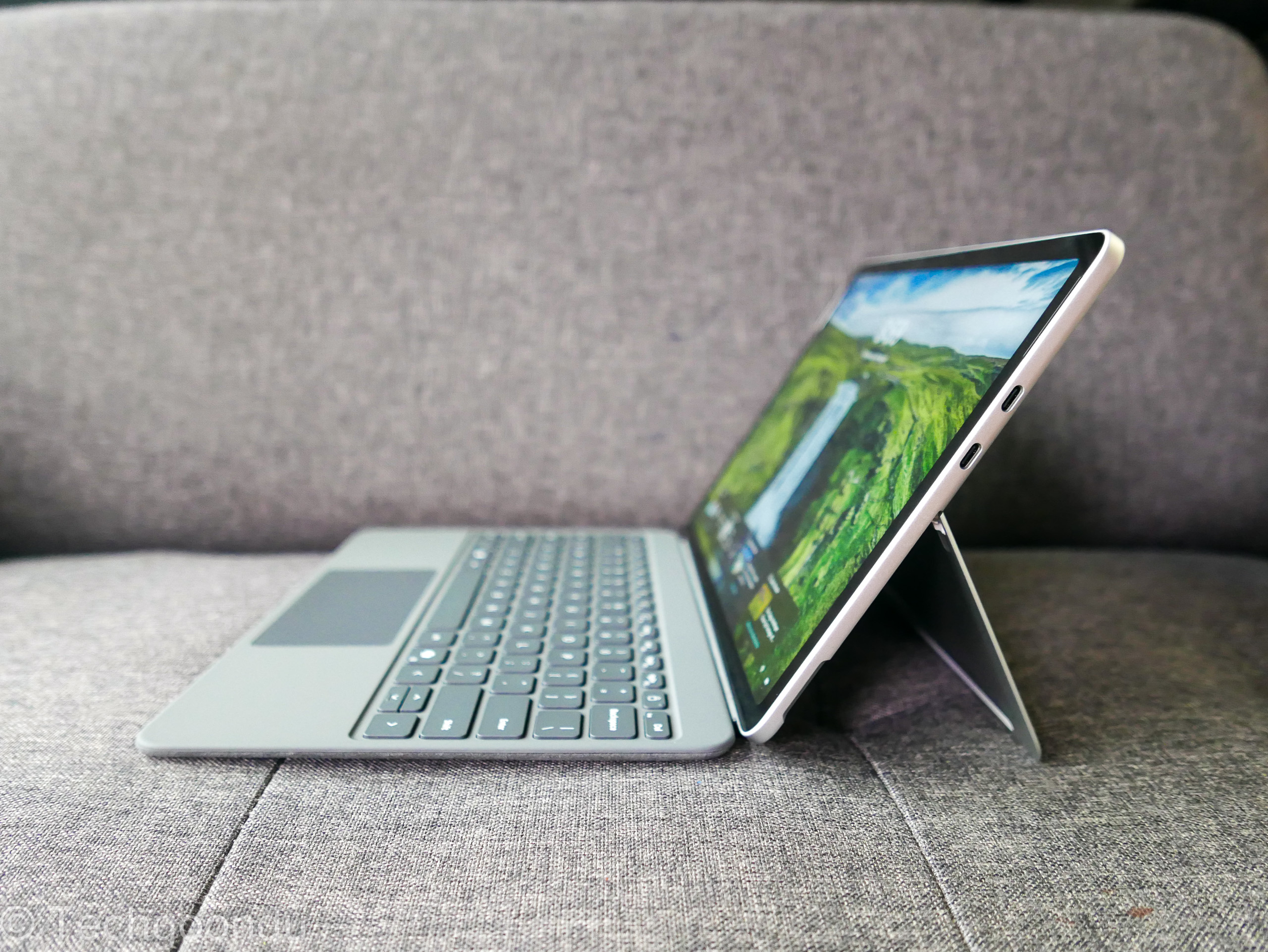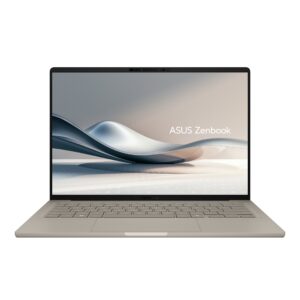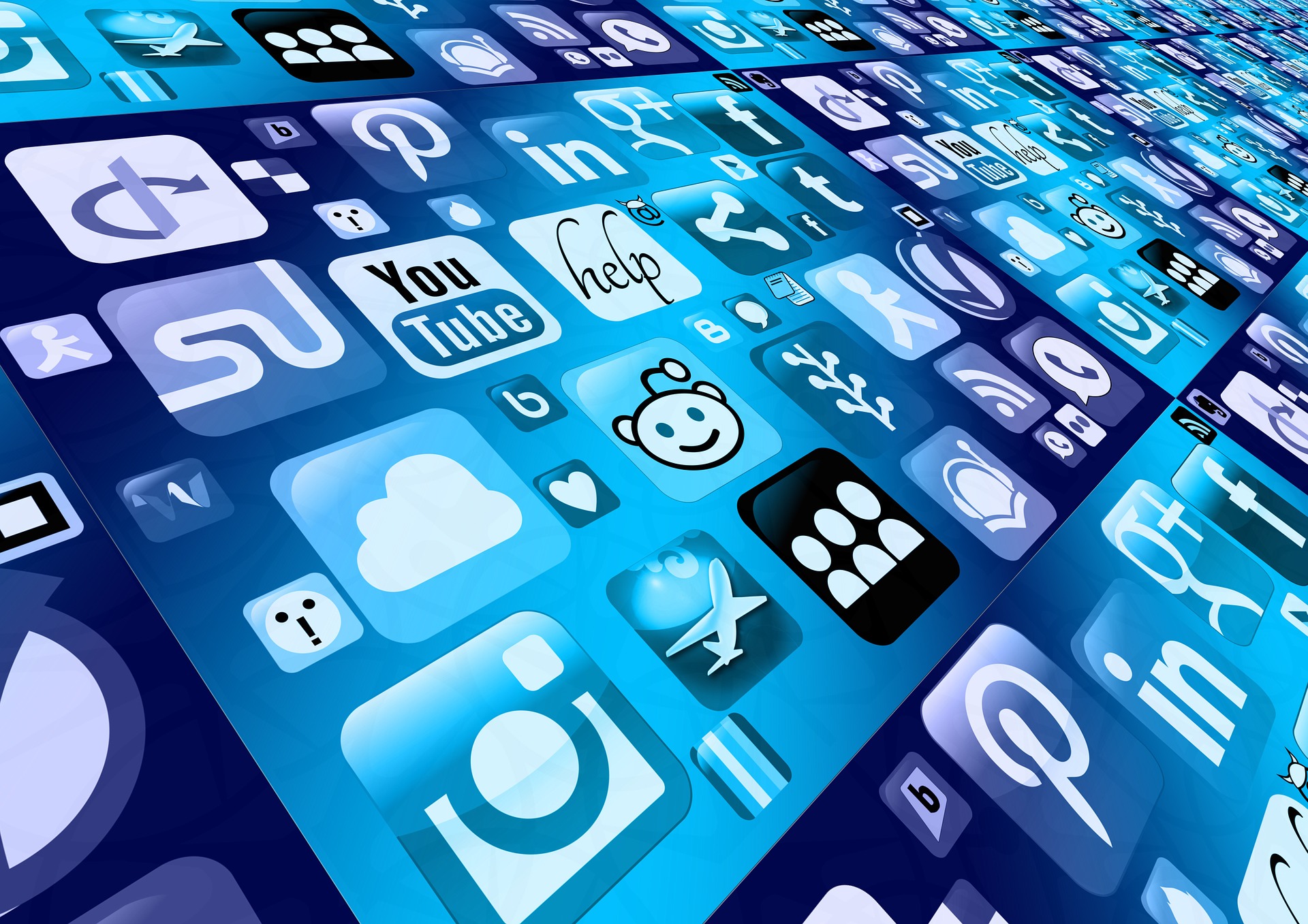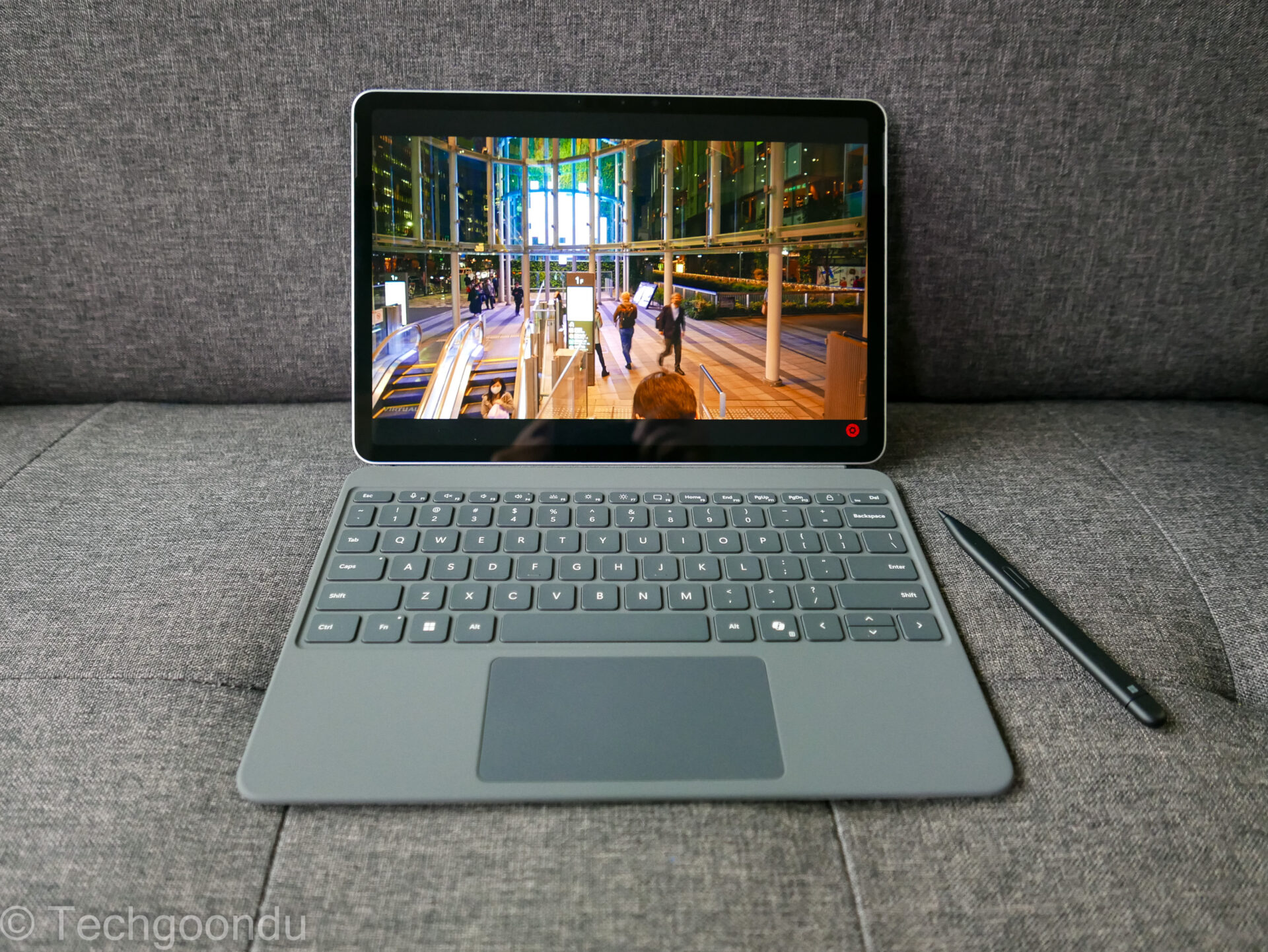
If you want a compact tablet-cum-laptop that you can easily carry around meeting rooms and flip open for work on a plane or at a Starbucks cafe, the latest Microsoft Surface Pro might be a device you’d like.
More than a decade since its first iteration, the latest version of this two-in-one Surface gadget comes with a smaller 12-inch touchscreen (there’s an earlier version with a 13-incher). At just 686g – without the keyboard – it’s easy to carry around as well.
The latest Surface Pro is actually an entry-level model. It comes with Qualcomm’s Snapdragon X Plus chip with eight cores, which is a step down from the more powerful 10- and 12-core chips on the larger Surface Pro 13.
Nonetheless, Microsoft sells the Surface Pro (12-inch) as a Copilot+ PC, which basically fulfills its requirements to deliver enough horsepower for some of its Windows AI apps. I’m not sure that’s a big selling point today, to be sure, even though AI’s all the hype.
What I think is more interesting is the versatility you can expect from a Surface Pro. The detachable keyboard is held together sturdily by magnets yet easy enough to pull apart from the main unit. The kickstand, by now, is handy enough to angle the screen to your comfort.
The design isn’t particularly premium – the bezels on the screen are a little thick compared to today’s more attractive laptops – but nothing seems cheap, that’s for sure.
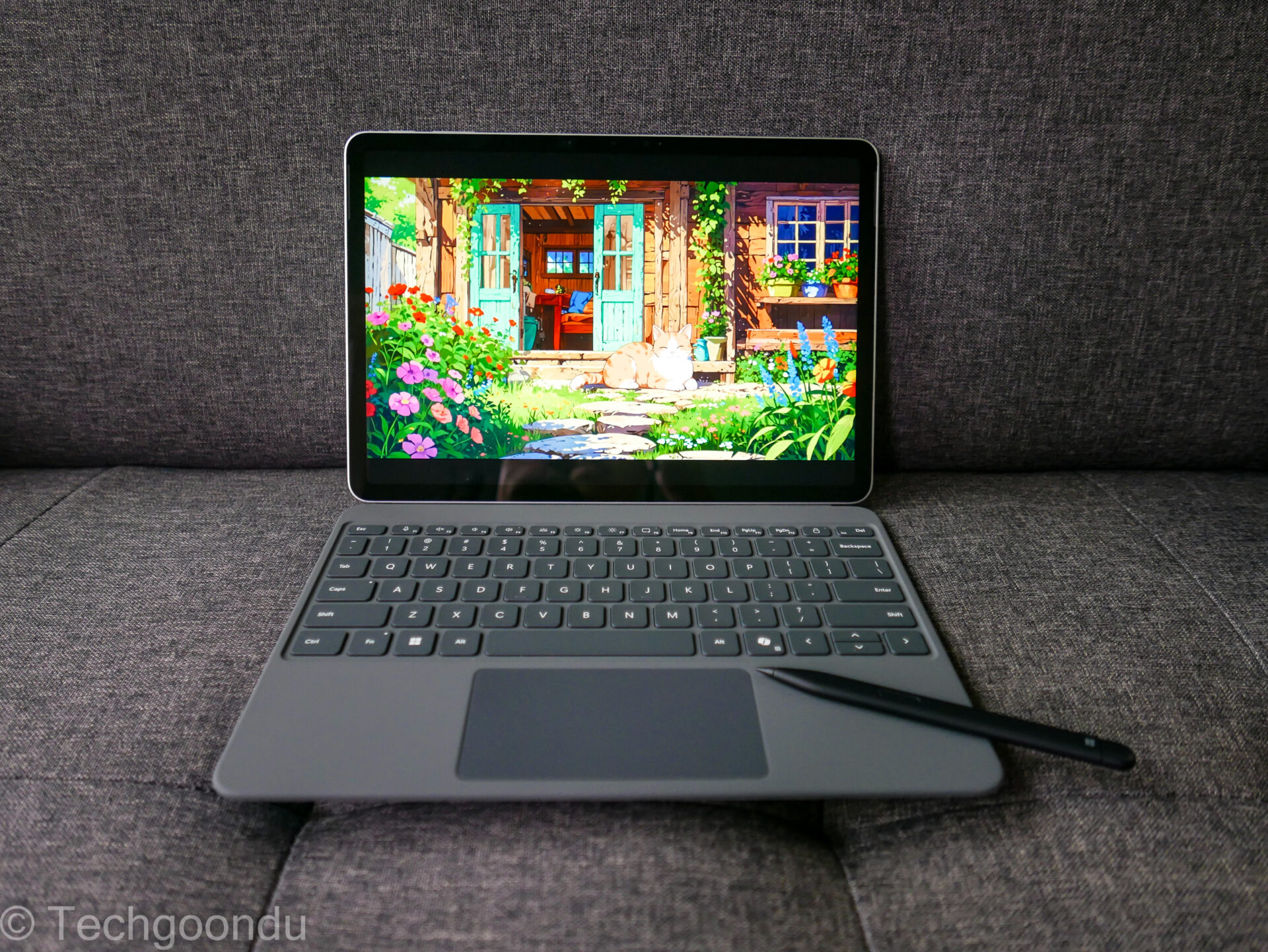
On the right side of the main unit, you get USB-C ports that are handy should you need to plug in a charger (sold separately) or a USB drive. Also smart is the magnetic notch to hold a stylus at the back.
The good news is that the touchscreen is sharp. With a resolution of 2,196 x 1,464, you get to see detail in images and sharp edges in text.
I just wish it is brighter than the 400 nits advertised, because I had to turn up the brightness a couple of times to near the max in a bright sunlit room. Notably, the larger Surface Pro (13-inch) comes with a brighter 600-nit (typical) screen.
That said, the touchscreen is responsive to touch as well as with Microsoft’s stylus (sold separately). It’s not difficult to sketch a quick diagram out or take down notes, as with previous Surface Pro device. So, if you’re upgrading from an older version, you won’t miss a thing.



The battery life is another big selling point. With Qualcomm’s power-sipping chips, Microsoft says the new two-in-one device can run for an entire day (or 16 hours of non-stop video playback).
What about performance? The Surface Pro (12-inch) unit we got, which comes with a Snapdragon X Plus chip, 16GB DDR5 RAM and 256GB storage, runs typical everyday tasks as expected but it isn’t the fastest machine out there, based on our benchmark tests.
In the Geekbench test, which measures performance in everyday productivity tasks, the Microsoft device scored 2,419 for its CPU’s single-score performance and 11,067 for multi-core performance.
Compared to the Microsoft Surface Laptop we reviewed last year, which packed in a zippier Qualcomm Snapdragon X Elite chip, the new Surface Pro actually edges ahead slightly in single-core performance but falls behind expectedly for multi-core tasks.
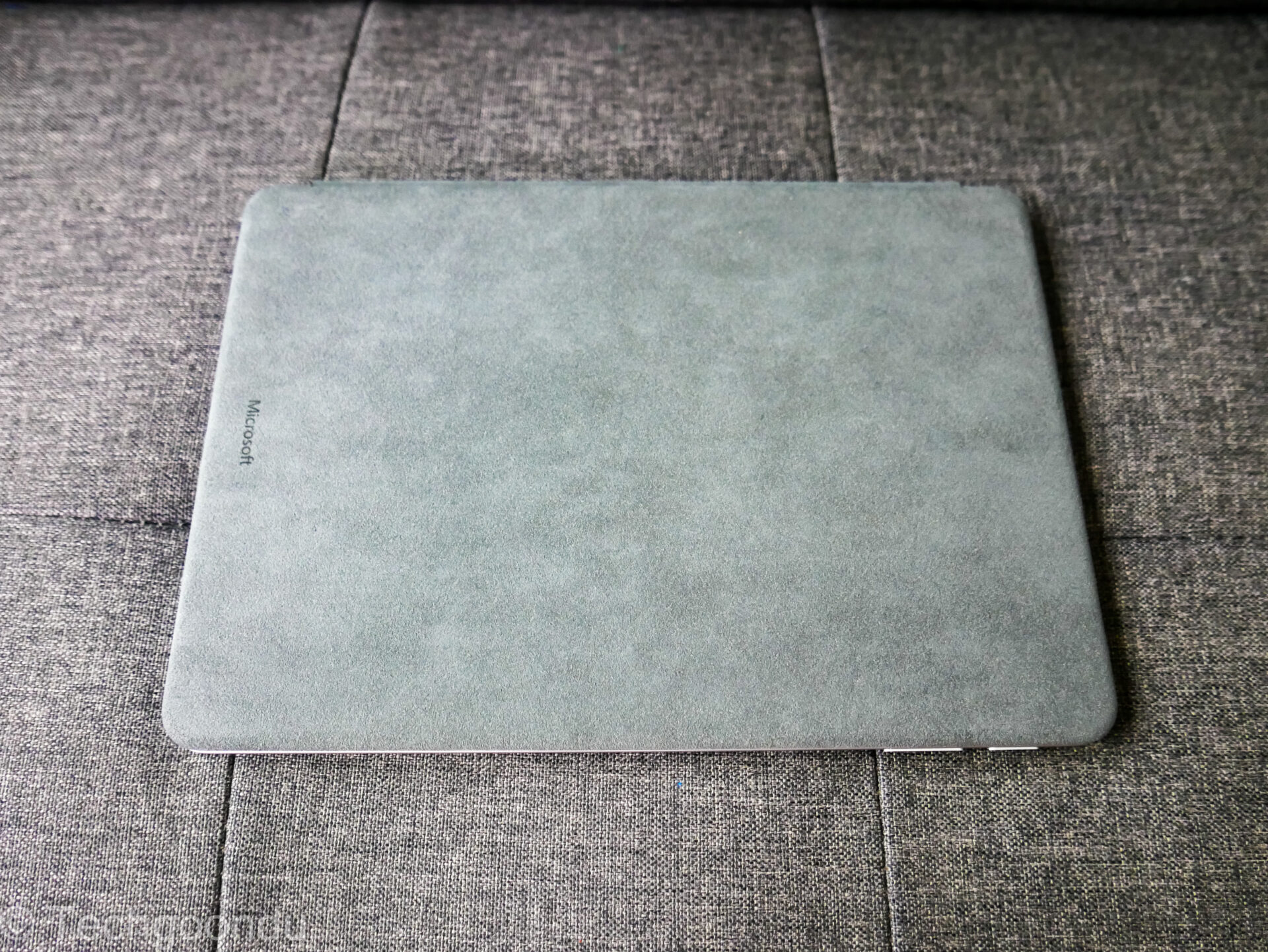
What about AI performance? Here, I used the Geekbench AI test, which tries to gauge how well a PC runs tasks such as image classification and face detection.
In this test, the 12-inch Microsoft Surface Pro’s Qualcomm chip returned 1,666 for single-precision score, 2,281 for half-precision score and 5,477 for quantised score with the ONNX AI framework.
Surprisingly, this is a mixed bag compared to the Surface Laptop which runs a faster Qualcomm chip. So, if you rely on Microsoft’s AI tools, the Surface Pro isn’t a bad companion.
To simulate how well games would run, I also ran the 3DMark Time Spy subtest on the Surface Pro (12-inch) and the results were not pretty. It came back with a low score of 1,065. This is lower than the Surface Laptop and well below typical Intel or AMD thin-and-light laptops that score above 3,000 or 4,000.
Note too that many Windows games still do not run well on Qualcomm chips, so if you’re thinking of anything outside of Minesweeper, it’s best to check for the latest updates for support. Most popular work and office apps should run fine, though (see Qualcomm’s list here).
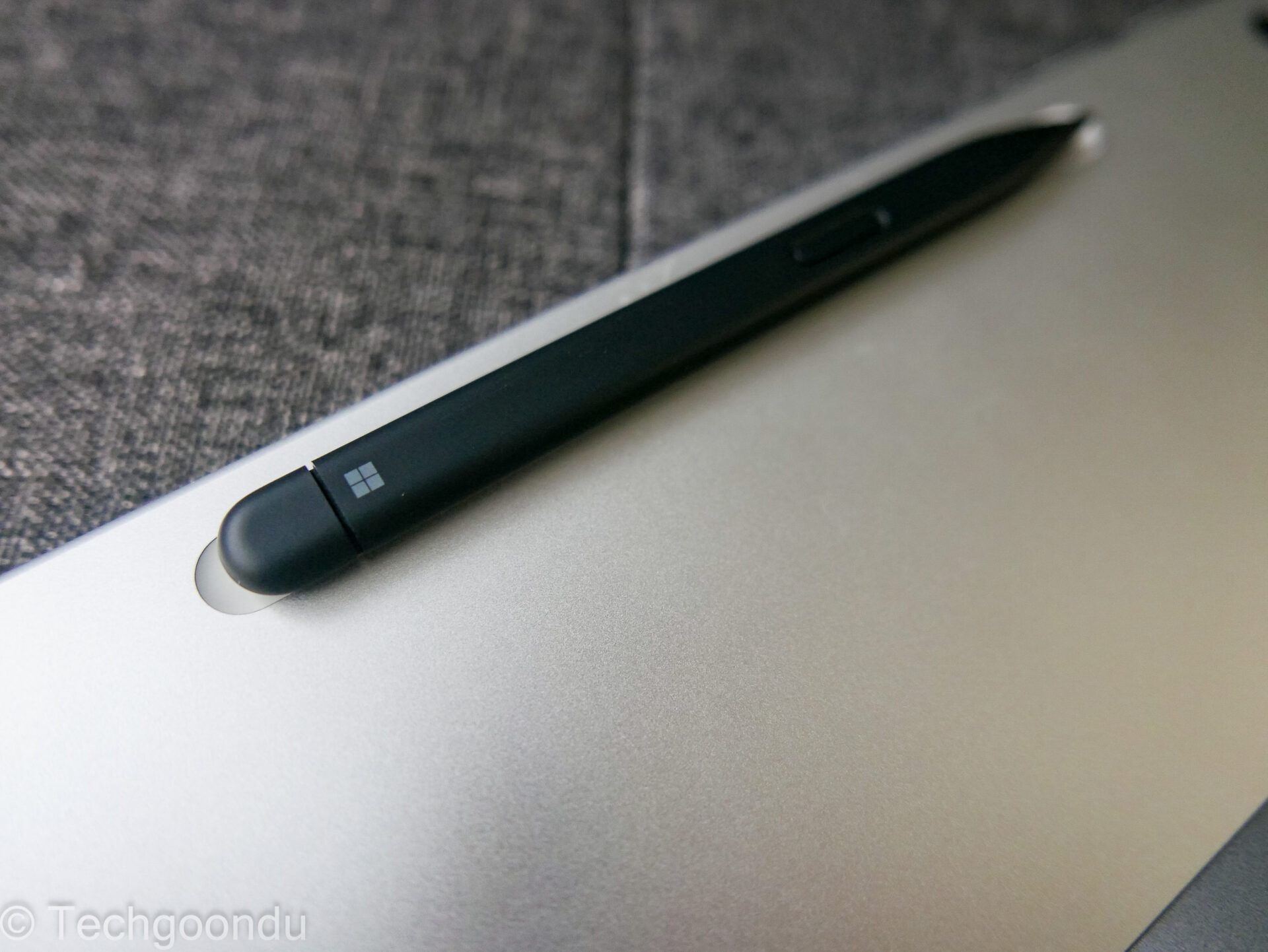
On the whole, the new Surface Pro has its attractions as a flexible device. However, the lack of a more powerful engine means it’s best used for basic productivity tasks such as e-mail or Web browsing.
Unsurprisingly, Microsoft has limited the memory on the device to 16GB in Singapore and you can only bump up the storage to 512GB (today, 1TB is becoming common on laptops).
Don’t be deceived by the surprisingly low starting price, either. The basic Surface Pro (12-inch) with 16GB memory and 256GB storage may seem cheap at S$1,199 but you’ll probably want to add a keyboard at S$229, which bumps up the price to S$1,428.
Add a stylus with a keyboard combo (S$388), and your wallet is lighter by S$1,587. A charger, standard on most other laptops, is not included and costs another S$79, bringing the price past S$1,600.
Arguably, that’s still a competitive price for a touchscreen device with a stylus packed in. But while it’s got a decent screen, the performance may be a little underwhelming for folks who want to do more on the road.
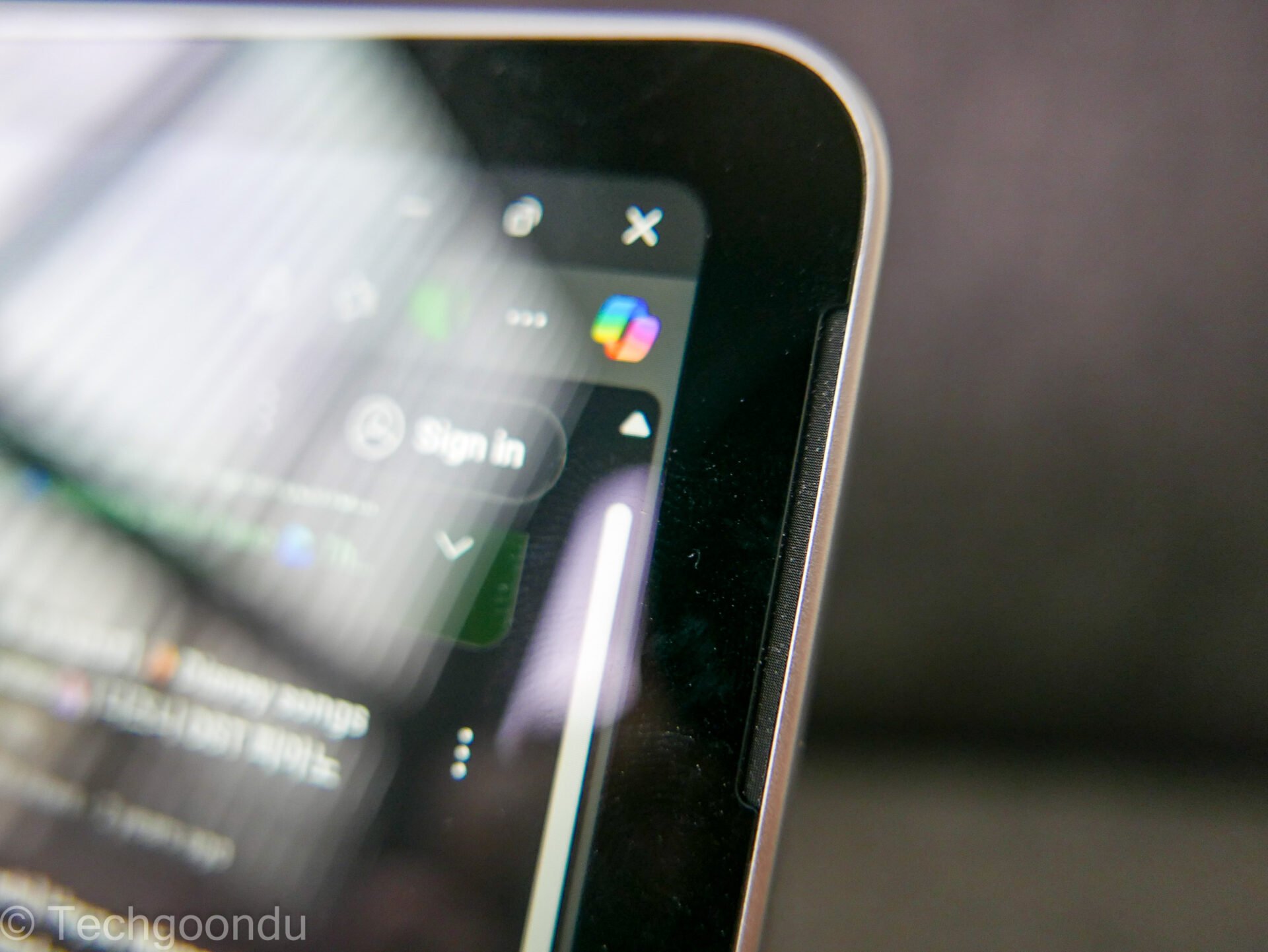
So, this is a device for users who value versatility over better performance. Those who like a touchscreen will also be interested to use the stylus, which many regular clamshell models don’t offer.
I suspect students might like this new Surface Pro too. The touchscreen is great for scribbling notes and drawing diagrams, while the performance is decent enough for simple tasks like e-mail or presentations for school projects.
What I also like is the surprisingly decent audio quality from the slim speakers stuck onto the sides of the screen. They are no more than a slim slit at the border of the screen yet they push out clear sounds with decent body and weight for background music. Definitely better than many cheap plastic portable speakers!

What the Surface Pro (12-inch) is not, though, is a laptop replacement for folks who need more power on the go or a better keyboard for firing out long e-mails or documents. Or those who need a larger screen than the 12-incher on offer here.
The keyboard, as with previous Surface devices, is not as great to type in as a typical laptop keyboard with better key travel and tactile feedback. Another tradeoff is the smaller trackpad, at a time when laptops now have such large ones that are so comfortable to use.
For more robust performance, I’d pass on the Surface Pro (12-inch), to be honest. For around the same price, there are affordable laptops (like Lenovo’s Yoga Slim 7 series) that provide great touchscreens and better keyboards, as well as more memory or storage capacity that do heavier lifting.

